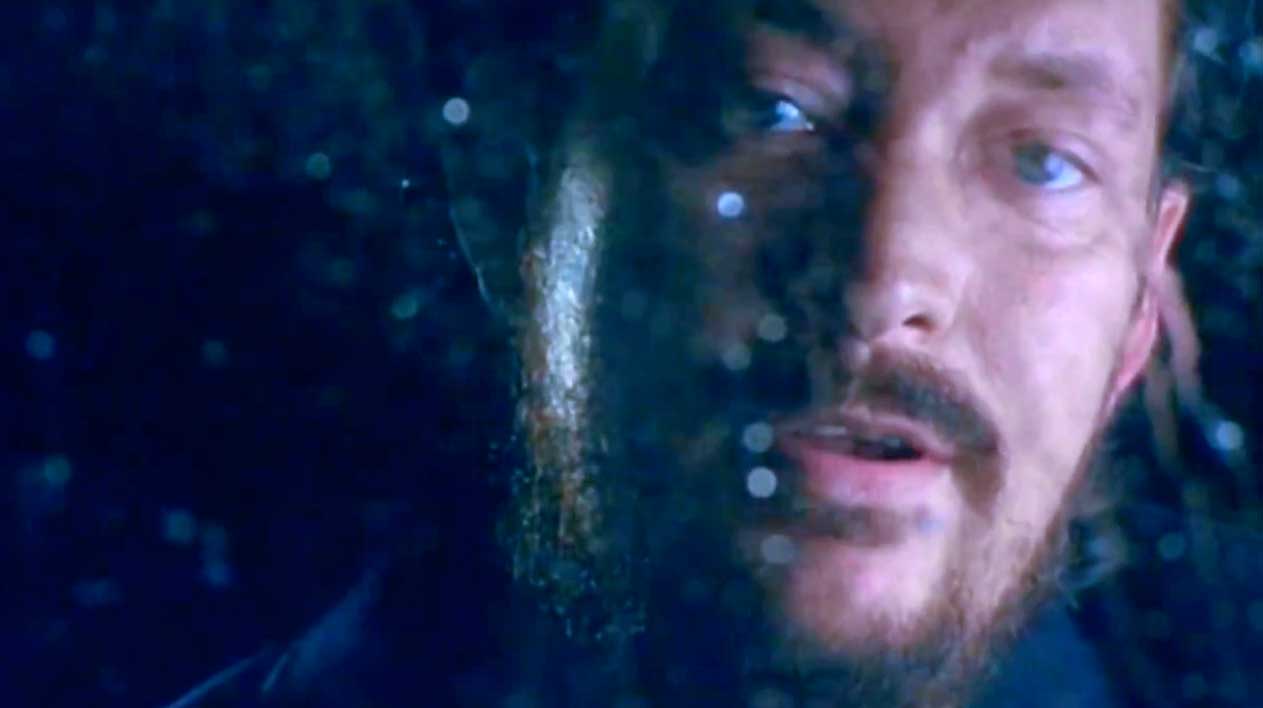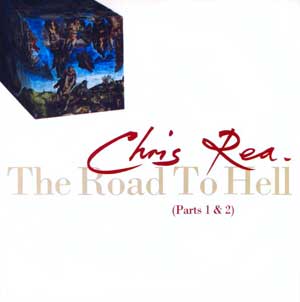Chris Rea – The Road to Hell (Parts 1 & 2):
A Gritty, Atmospheric Journey Through Darkness and Disillusionment
Released in October 1989, The Road to Hell is widely recognized as Chris Rea’s artistic zenith — a brooding, two-part title track that elevates his signature blues-rock style into a layered meditation on modern life. At once personal and panoramic, “The Road to Hell” unfolds across two distinctly structured sections, both steeped in unease, warning, and lyrical urgency.
The track was inspired by Rea’s real-life experience of being stuck in traffic on London’s M25 motorway, during which he envisioned a dystopian parable about spiritual and societal decline. The end result was a song — and album — that offered no easy escape, but spoke volumes about the cost of progress.
Part I: The Descent Begins
“The Road to Hell (Part 1)” plays like a tone poem — slow-burning and cinematic, soaked in ambient synths, echo-laced guitar phrases, and a mist of unease. Rea opens with a spoken-word delivery that feels more like a confessional or a waking dream than a traditional verse. Lines such as “Stood still on a highway / I saw a woman by the side of the road” draw listeners into a symbolic space, evoking loneliness and spiritual fatigue.
Part 1 was not issued as a single and remains an essential prologue — a meditation before the eruption.
Part II: A Rock Anthem with a Message
Where Part 1 floats in a fog, “The Road to Hell (Part 2)” kicks into gear with a grinding blues-rock riff and a driving beat. Rea’s voice grows edgier, layered with frustration as he dismantles the myth of progress. With lines like “And all the roads jam up with credit / And there’s nothing you can do”, he captures the anxieties of late-20th-century life — overconsumption, isolation, economic pressure — and casts them as markers along a self-made road to ruin.
Musically tighter and more direct, Part 2 became the album’s commercial centerpiece, peaking at No. 10 on the UK Singles Chart — Rea’s first Top 10 single.
A Conceptual Milestone
Rea conceived The Road to Hell as a day in the life of an ordinary commuter in southern England, building a loosely conceptual narrative around themes of entrapment and decline. The album topped the UK Albums Chart and was certified 6× Platinum, cementing his place not just as a blues-influenced hitmaker, but as a socially conscious storyteller.
Though there was no iconic music video for the single, the track has lived on through striking live performances, where Rea’s gravel-and-gold vocals and intricate guitar work convey all the gravity the studio version hints at.
Legacy: An Unflinching Look in the Mirror
The Road to Hell was never escapist. It’s a song that warns, narrates, and confesses all at once. Its structure — moody prelude followed by anthemic outcry — gives it a dynamic force rarely found in commercial rock. Critics at the time drew comparisons to Pink Floyd and Dire Straits, noting the conceptual boldness and sonic ambition.
Today, it still resonates as a cautionary tale and a spiritual checkpoint — a reminder that, often, the road to hell isn’t some distant highway. It’s the one we’re already driving.


